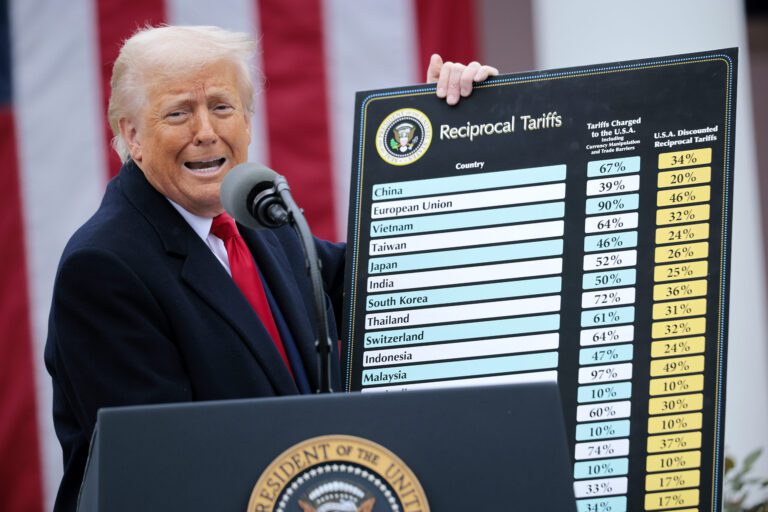The Future of Trump’s Tariffs: Supreme Court Decision Ahead
The future of President Donald Trump’s controversial tariffs, framed as "reciprocal" measures, is poised to reach the Supreme Court. A recent ruling from a federal appeals court, which found that these tariffs exceeded the president’s authority, has set the stage for this significant legal battle.
Appeals Court Ruling: A Major Setback for Tariffs
On Friday, a panel comprising 11 judges from the United States Court of Appeals for the Federal Circuit delivered a decisive 7-4 ruling. This decision upheld a lower court’s findings in the case of V.O.S. Selections v. Trump, determining that Trump lacked the constitutional power to impose the 10% tariffs on most nations declared on April 2—which Trump has branded as Liberation Day.
Key Takeaways from the Ruling:
- Regulation vs. Taxation: The court highlighted that the authorization to "regulate" does not imply the power to impose tariffs. This is a crucial distinction, as it asserts that the government cannot levy taxes without congressional authorization.
- Temporary Measures: The appeals court has decided to allow the tariffs to remain in effect until mid-October, granting the Trump administration a window to file an appeal to the Supreme Court.
Trump’s Defense of Tariffs
President Trump has vocally defended his tariff policy, positioning it as a cornerstone of his economic strategy. In a recent post on Truth Social, he stated:
"ALL TARIFFS ARE STILL IN EFFECT! Today a Highly Partisan Appeals Court incorrectly said that our Tariffs should be removed, but they know the United States of America will win in the end."
Implications of Tariff Removal
Trump emphasized the disastrous consequences that would follow if the tariffs were lifted:
- Economic Weakness: He claimed that removing these tariffs would leave the country financially vulnerable.
- Job Losses: According to members of the Trump administration, millions of jobs could disappear, threatening the stability of Social Security and Medicare.
Judicial Skepticism and Legal Precedence
The ruling from the appeals court indicated skepticism about President Trump’s use of the International Emergency Economic Powers Act as a basis for declaring a national emergency over the U.S. trade deficit.
Important Legal Insights:
- Constitutional Delegation: The Constitution designates Congress with the authority to impose tariffs, but Congress has allowed the executive branch to do so under certain conditions.
- Prior Rulings: A previous ruling by a three-judge panel in the United States Court of International Trade stated that the Emergency Economic Powers law does not grant the president infinite authority to impose tariffs.
Economic Stakes and Next Steps
Treasury Secretary Scott Bessent points out that since the Trump administration has already amassed a record $150 billion in tariffs, this financial element could complicate future Supreme Court rulings. Additionally, any decision by the Supreme Court may not be finalized until January, leaving billions of dollars at stake.
Arguments from the Trump Administration:
- Job Security: Solicitor General D. John Sauer has warned that the elimination of tariffs might lead to significant job losses.
- Financial Health: The administration argues that the financial repercussions of returning tariff revenue could jeopardize critical social programs.
Conclusion
As the case prepares to traverse to the Supreme Court, the stakes are high not only for President Trump but for the U.S. economy at large. The eventual Supreme Court decision will likely set a critical precedent regarding executive power over economic policy and trade practices.
For further information on tariffs and their implications, you can explore resources from the Congressional Research Service or find related discussions on the U.S. Court of Appeals.


